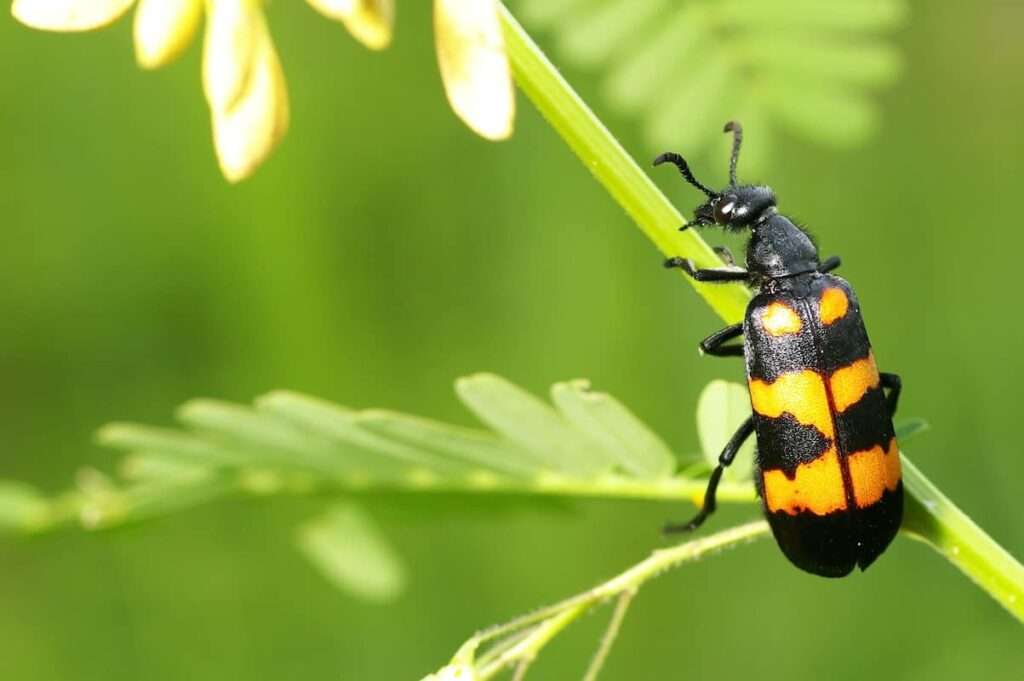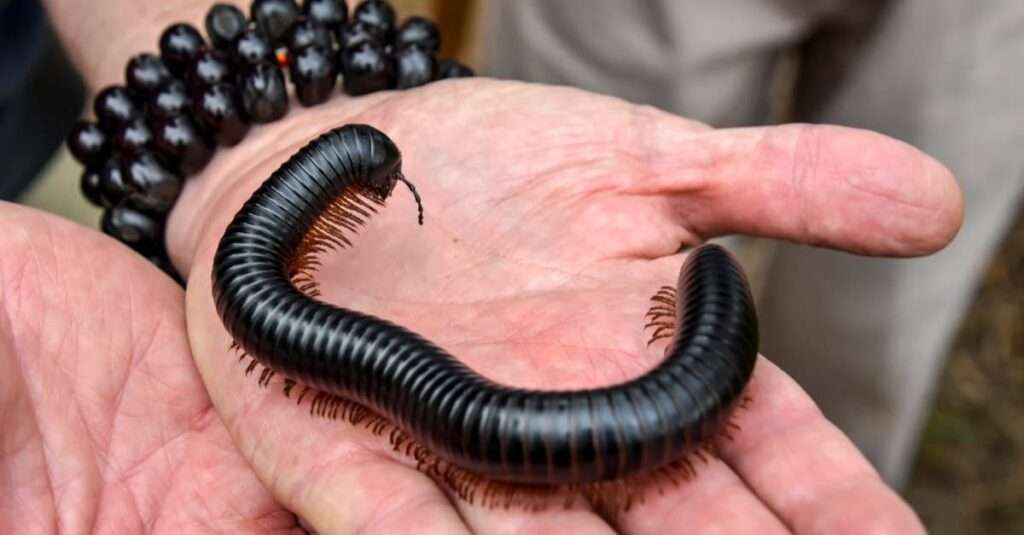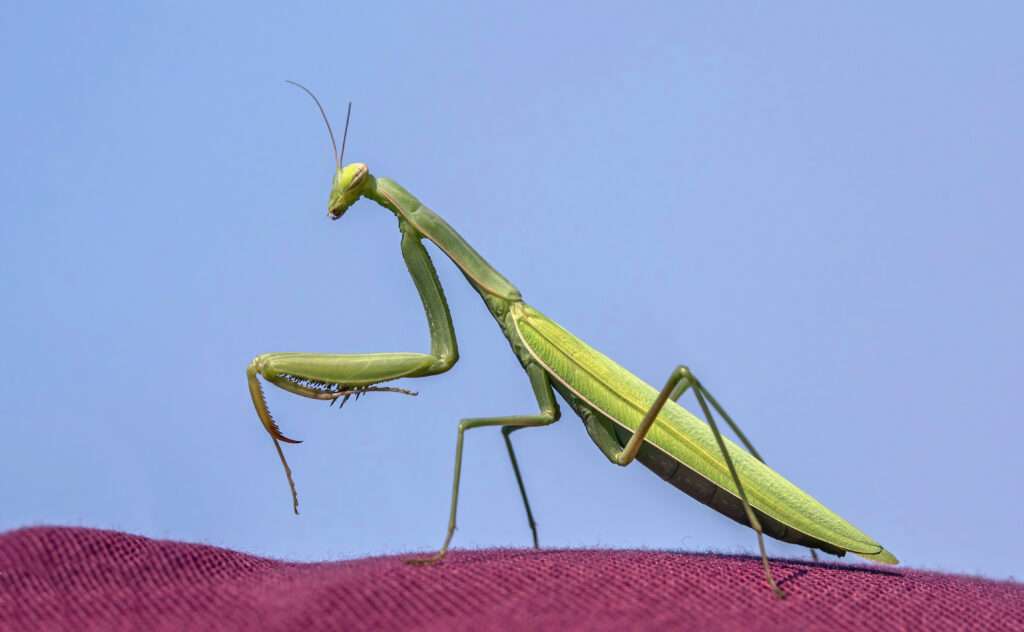
The Meloidae family of beetles includes blister beetles, which get their name from the cantharidin they secrete as a form of defense. Worldwide, 7,500 species have been identified. Many are noticeable, and some are colored aposematically to alert potential predators to their toxicity.
Habitat
In the eastern and central parts of the country, blister beetles are widespread. However, they are not just in the United States. They can also be found in South America, Central America, and the West Indies.
Food
Vegetarian blister beetles prefer to consume the blossoms of plants such as sunflowers, legumes, and members of the nightshade family (tomatoes, peppers, eggplants). Although they occasionally will eat the leaves as well, they actually prefer the flowering sections.
How can a blister beetle be recognized?
Medium to huge in size, these insects have an elongated body that is occasionally referred to as cylindrical. From above, their broad head appears to be rectangular. Their antennae are beaded and thread-like, and their bodies are soft and leathery.
In contrast to most beetles, which have hard front wings, blister beetles have soft and flexible front wings that fold back against their bodies like body armor. They frequently have a drab appearance in the U.S. when dressed in browns, grays, and black. However, they might be very vividly colored in other locations.

Life Cycle
Blister beetles have a life cycle that includes various phases, just like other bugs (called metamorphosis). But these guys stand out because they have a hyper-metamorphic life cycle. This indicates that they have larval stages that are visually and functionally distinct from one another, as opposed to having larval stages that look and act similarly.
A blister beetle’s life cycle might last as little as a month, but it usually lasts approximately a year. A female will initially lay her eggs in a group in the ground. In late summer, this takes place. The first larvae that emerge from the eggs are parasitic and have well-developed legs and antennae. They scurry across the ground in search of a host, typically grasshopper eggs.
They continue to grow once they have a host, although at this point they are essentially motionless and legless. Later stages will see them continuing to grow despite having shorter legs and less activity. The larvae will subsequently transition to a pseudopupal, or winter resting stage. The larval and pupal phases are separated by this dormant intermediate stage. The insects will pupate the next summer and emerge as adult blister beetles.
Common species
In the eastern and central states, blister beetles of the ashgray (Epicauta fabricii), black (E. pennsylvanica), margined (E. pestifera), and striped species are particularly frequent (E. vittata).
How do you keep a Blister Beetle?
By using diatomaceous earth (also known as DT) in the general area of plants at risk from blister beetle bites, gardeners can reduce the number of blister beetles in their gardens. In tiny pots and raised garden beds, diatomaceous earth can also serve as a barrier.
Table





